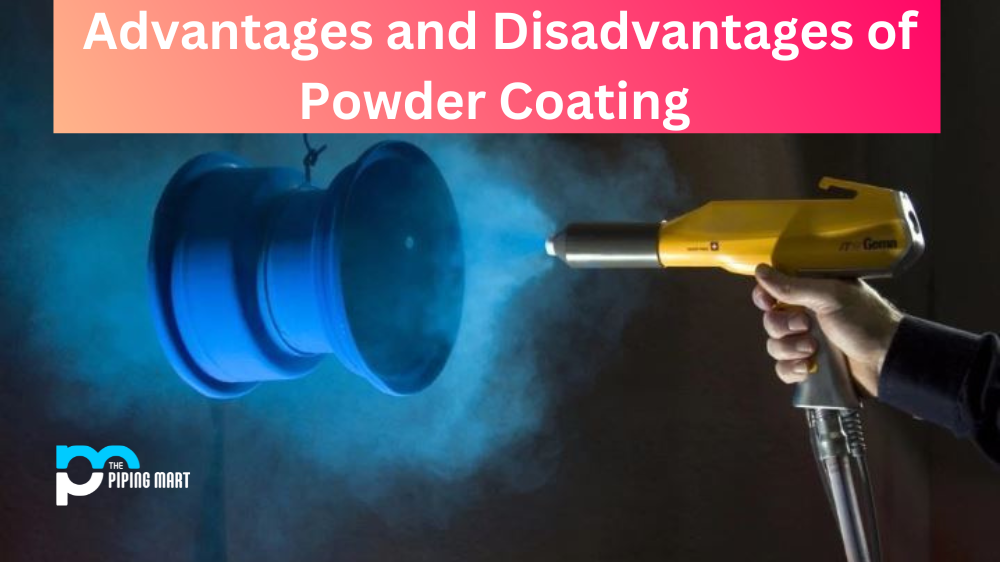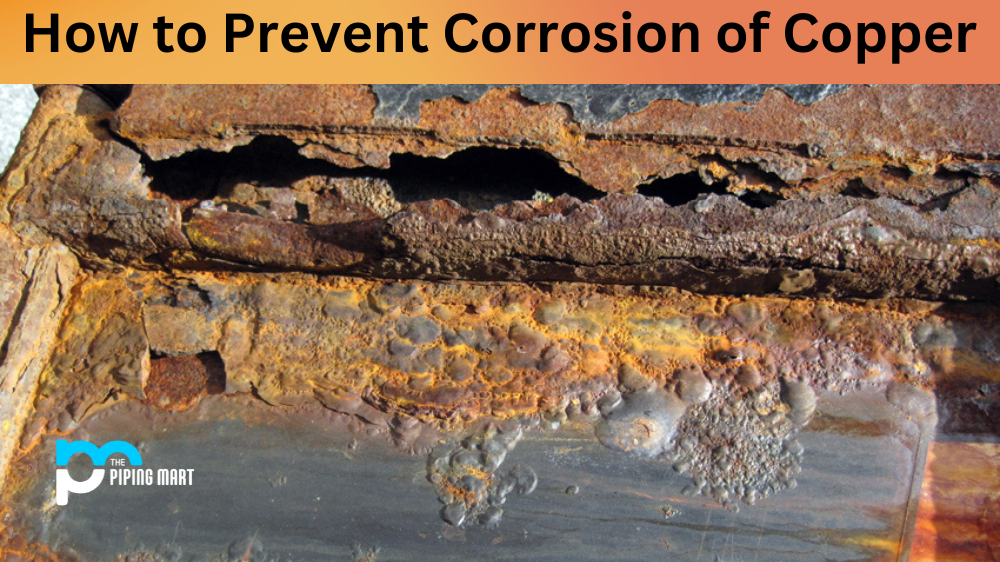Powder coating is an effective way to coat and protect metal surfaces from corrosion, wear, and damage. It can also be used to give products a more appealing aesthetic appearance. However, it’s important to know the advantages and disadvantages of powder coating before you make the decision to use it in your business. Let’s take a look at the pros and cons of powder coating.
Advantages of Powder Coating
The biggest advantage of powder coating is that it provides extra protection against corrosion, wear, and damage. When applied correctly, powder coating forms a thicker layer than regular paint, which helps provide additional protection from physical damage as well as environmental exposure. This means that your products will last longer and require less maintenance over time. Additionally, because there are no hazardous materials involved in the process of applying powder coating, it is considered an eco-friendly option for metal finishing.
Powder coating also offers more versatility when it comes to colour options. With powders available in a wide range of colours and textures, you can choose exactly what you need for any project or application. This makes it easier to create unique designs or even match existing colours with relative ease. Lastly, because powder coats are applied electrostatically, they tend to adhere very well to most surfaces, making them less likely to chip or flake off over time than standard paints or lacquers would be.
- Powder coating is a type of coating that is applied as a powder and then cured under heat to form a durable finish.
- Powder coating is more durable than traditional paint finishes, making it ideal for use on products that will be exposed to high wear and tear.
- Powder coating is also more environmentally friendly than traditional paint finishes, as it does not release volatile organic compounds (VOCs) into the atmosphere.
- Powder coating can also be applied to a variety of different materials, including metals, plastics, and glass.
- Powder coating is available in a wide range of colours and finishes, making it easy to find a finish that meets your needs.
Disadvantages of Powder Coating
One of the main disadvantages of using powder coating is that the equipment required for the application can be expensive due to its specialized nature. In addition, because the process requires high temperatures for curing (upwards of 400°F), some parts may be damaged if exposed for too long, which could lead to costly repairs or replacements down the line. Furthermore, while there are many colour options available with powder coatings, they are not always able to achieve certain shades such as pastels or metallic finishes like those seen in automotive paints or other types of finishes such as chrome plating, which may limit your design options when compared with other finishing processes available on the market today.
Not as Durable as Other Methods
One of the primary disadvantages of powder coating is that it is not as durable as other methods, such as liquid painting. Powder coating can be susceptible to chipping and scratching, and it is not always as effective in protecting against corrosion.
Limited Color Selection
Another disadvantage of powder coating is that the colour selection is limited. While there are a few hundred colours available, the selection is not as vast as with other methods, such as liquid painting.
Not Always Environmentally Friendly
Powder coating can also be less environmentally friendly than other methods, such as water-based painting. Powder coating emits volatile organic compounds (VOCs) into the air, which can contribute to air pollution. Additionally, the waste from powder coating operations can be difficult to dispose of properly.
More Expensive than Other Methods
Powder coating is also generally more expensive than other methods, such as liquid painting. The cost of powder coating equipment and materials can be high, and the process itself can take longer than other methods.
Conclusion:
Overall, when deciding whether or not powder coating is right for your business, there are a few key factors that should be taken into consideration, including cost effectiveness, design flexibility and durability requirements,, before making a final decision on how best to finish any given product or project. While there are both advantages and disadvantages associated with this type of finishing process, understanding them can help you make an informed decision about whether this form of metal finishing will work best for your particular situation – giving you peace of mind knowing that your products will look great and stay protected over time!

Pipingmart is a B2B portal that specializes in metal, industrial and piping items. Additionally, we share the latest information and information about materials, products and various types of grades to assist businesses that are involved in this business.




